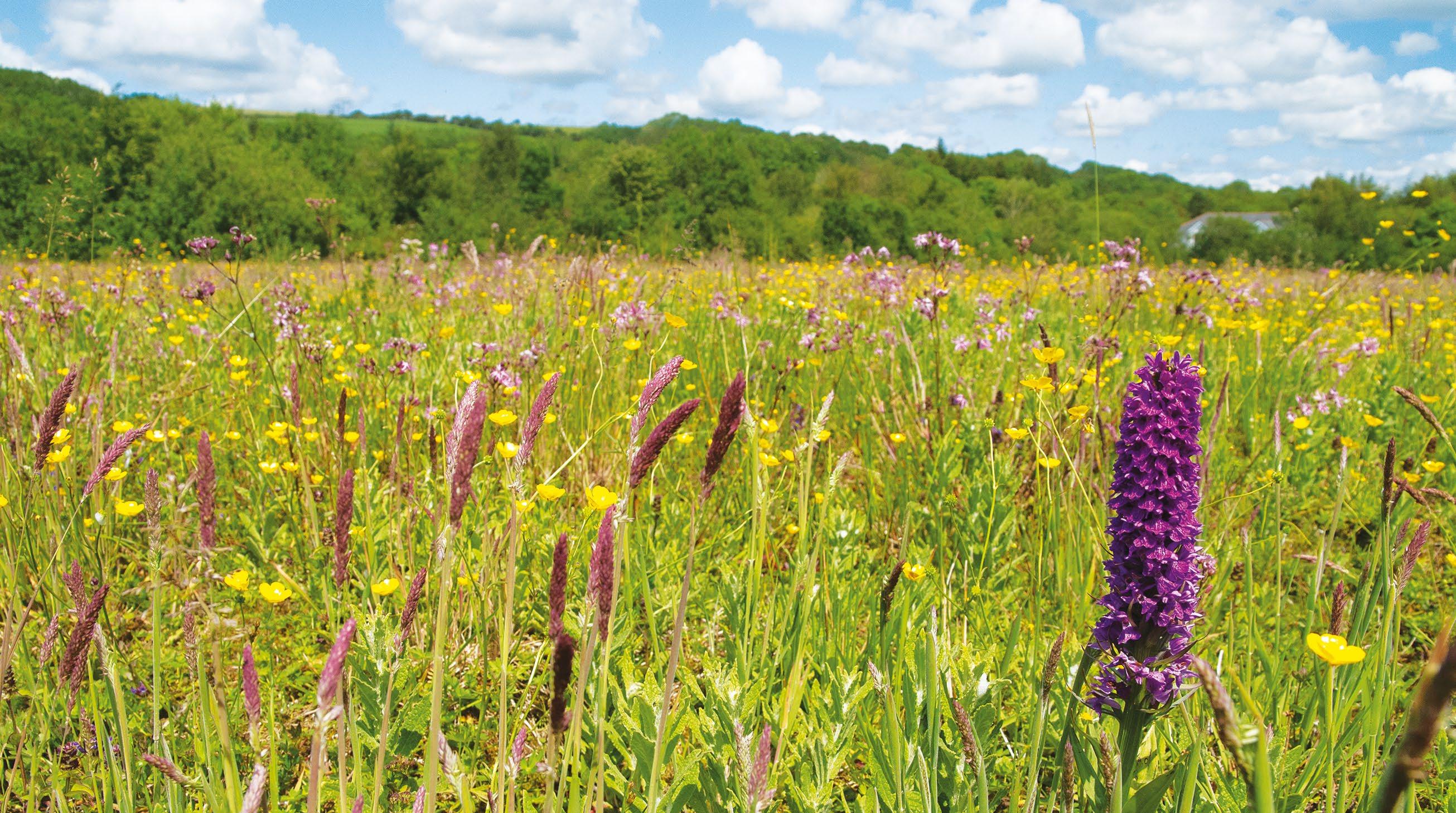
2 minute read
Nature will only recover in Yorkshire if we work at
2We must create a network of high quality, connected marine and terrestrial sites big enough to sustain the ecological and physical processes required to support thriving populations of species. We already know how to do this and must...
Create more nature-rich areas for Yorkshire
To increase the overall area of habitat, as well as the area of sites under long-term protection for nature, thereby contributing to a resilient ecological network.
Better manage and protect
Yorkshire’s nature-rich sites
Create
bigger nature-rich areas across Yorkshire
To provide the range and stability of conditions to support more species and sustain viable wildlife populations. Larger sites enable the restoration of functional habitats and promote more natural geological, ecological and hydrological processes, making them more resilient to climate change. Habitat creation and restoration at scale maximises wildlife benefits, enables innovative management, and is more cost effective.
To improve the condition and quality of habitats and sites through better habitat management. The ecological condition of habitats influences their ability to provide benefits to both nature and people - quality wildlife habitat, nature connection, access, ecological resilience, and nature-based solutions.
Join up nature-rich areas across Yorkshire and beyond
To enhance connections between the land, sea and wetlands, to support species movement and dispersal. Connectedness will be essential to facilitate climateinduced shifts in range. Both physically and functionally connected habitat can be achieved by enhancing and creating corridors or stepping stones between habitats.
3We must use a range of approaches from minimal interventions to direct actions, to create resilient, self-sustaining landscapes. This will include...
n Wilding or re-wilding, reducing actvity and enabling more natural processes n Species-specific interventions for those with specialist or complex requirements which might not be met by a habitat approach n Species translocations of species lost from an area – increasing species diversity or places where a species is found n Reintroduction of ‘keystone’ species - to accelerate the re-establishment of natural processes, increase habitat quality and ecosystem complexity, and improve ecosystem services and functions n Making adequate space and provision for species changing their geographical range in the face of climate change
4Everyone can be an agent of change to accelerate the recovery of species and transform landscapes.

Solving the global challenges of climate change and biodiversity loss requires fundamental change to the systems which brought us to this point. People and nature are part of, and connected within one system - people and nature shape each other. A challenge is to support and empower people to engage in activities that create the conditions for all life to thrive - net positives for the planet, Yorkshire’s people and wildlife.
Through Team Wilder - a growing national movement of people who care about the environment – we will harness the collective energy and skills of people across Yorkshire - inspiring 1 in 4 to connect with nature and take meaningful action to drive nature’s recovery.
For nature, for communities, for Yorkshire





